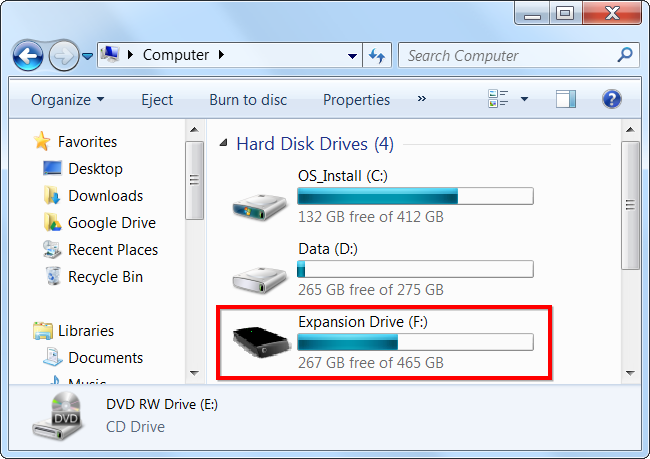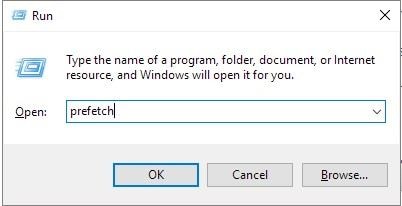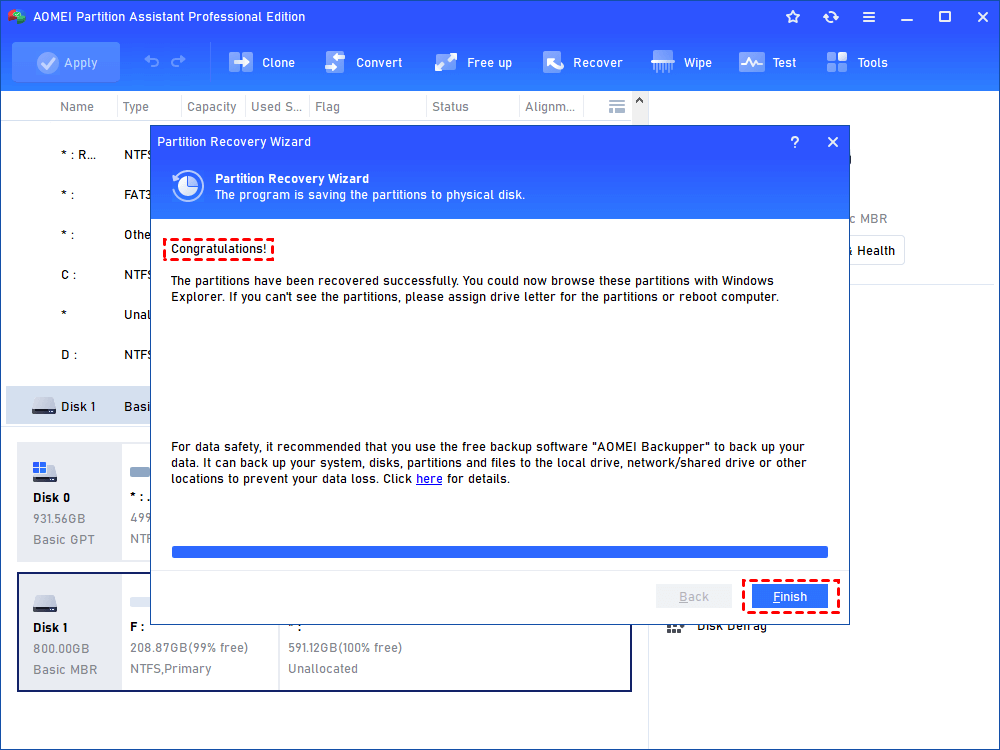
This behavior may cause Windows Explorer or the dir command to display inaccurate file and folder totals and size statistics. By default, Files hidden files and protected operating system files are excluded. However, this may result in decreased performance.īoth Windows Explorer and the directory list command dir /a /s display the total file and folder statistics for only those files and folders that you have permissions to access. Note: Alternately, you can enable NTFS compression to regain space that you lost because of an incorrect cluster size. To do this, back up the volume, and then format the volume by using the format command and the /a switch to specify the appropriate allocation. You can only change the cluster size you are using by reformatting the volume. An large difference between the SIZE ON DISK and the SIZE value indicates that the default cluster size is too large for the average file size that you are storing on the volume. You may want to use a smaller cluster size so that the SIZE ON DISK value is as close to the SIZE value as possible. If you are not using NTFS compression for any files or folders contained on the volume, the difference between SIZE and SIZE ON DISK may represent some wasted space because the cluster size is larger than necessary. The General tab displays the total number of files and folders on the whole volume and provides two file size statistics: SIZE and SIZE ON DISK. With all the files and folders selected, right-click any file or folder, click Properties, and then click the General tab. To do so, follow these steps:Ĭlick Start, click My Computer, and then double-click the drive letter (for example, D) of the volume in question to open the volume and display the folders and files that the root contains.Ĭlick any file or folder, and then click Select All on the Edit menu.

To determine whether this is the optimal cluster size, you must determine the wasted space on your disk. You can use this information to determine how your disk space is being used and the default cluster size. Note: Multiply each value that the output reports in kilobytes (KB) by 1024 to determine accurate byte counts. <- Total Clusters on disk.Ģ83615 allocation units available on disk.

(4K)ġ024135 total allocation units on disk. <- Available FREE disk spaceĤ096 bytes in each allocation unit. <- NTFS Log file - (Can be adjusted using chkdsk /L:size)ġ134460 KB available on disk.

<- Includes MFT and other NTFS metafiles.Ģ2544 KB occupied by the log file. <- Space lost to bad sectors.Ĥ9379 KB in use by the system. <- Space used by NTFS indexes.Ġ KB in bad sectors. <- Space used by user file data.Ħ344 KB in 1301 indexes. <- Total formatted disk capacity.Ģ906360 KB in 19901 files. Chkdsk d:where d: is the letter of the drive that you want to check.Ĥ096543 KB total disk space.


 0 kommentar(er)
0 kommentar(er)
